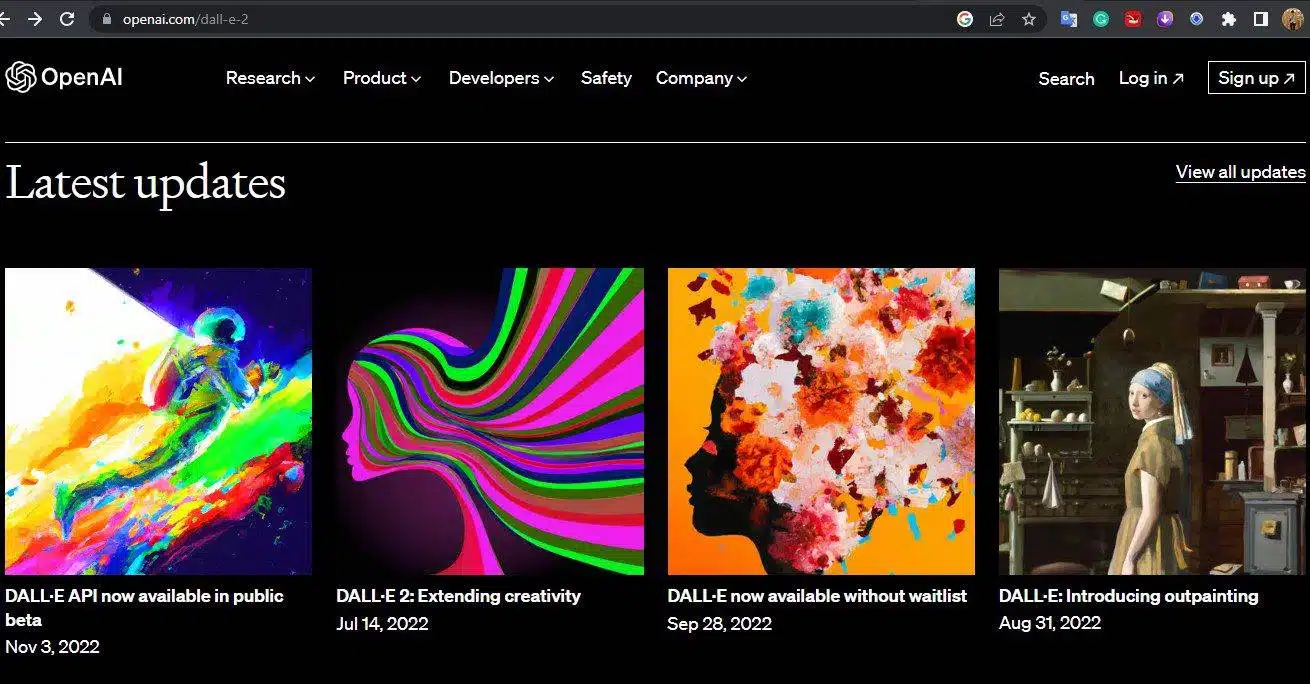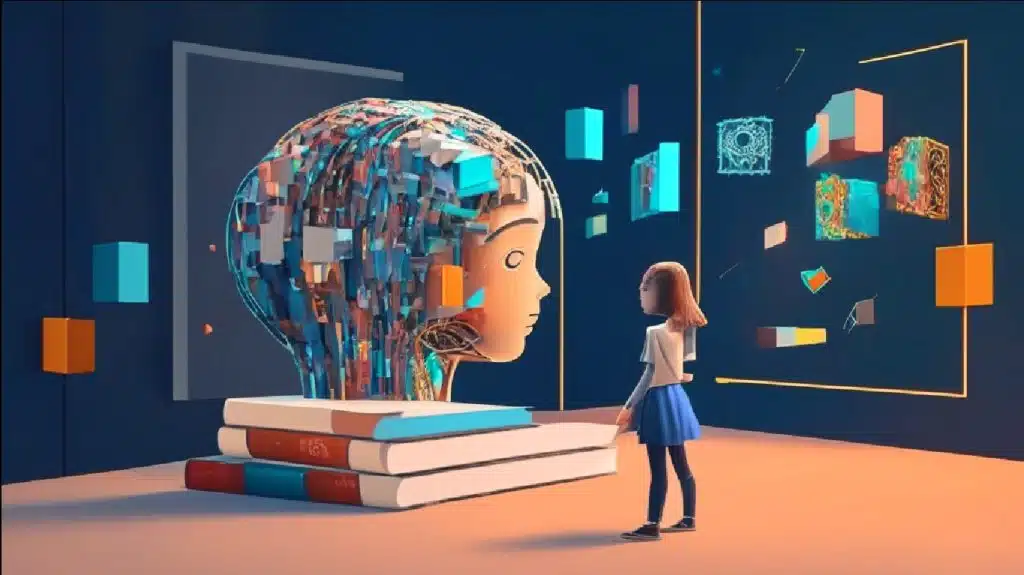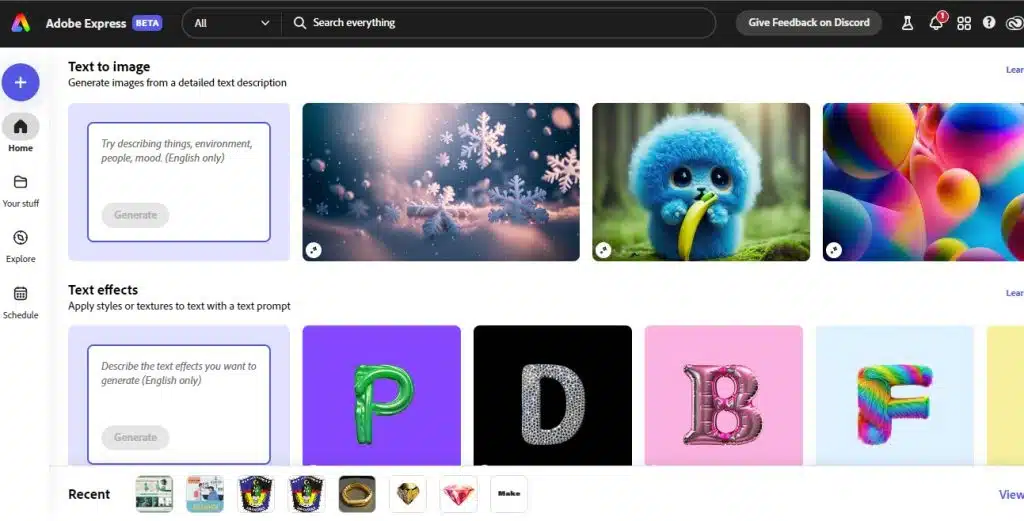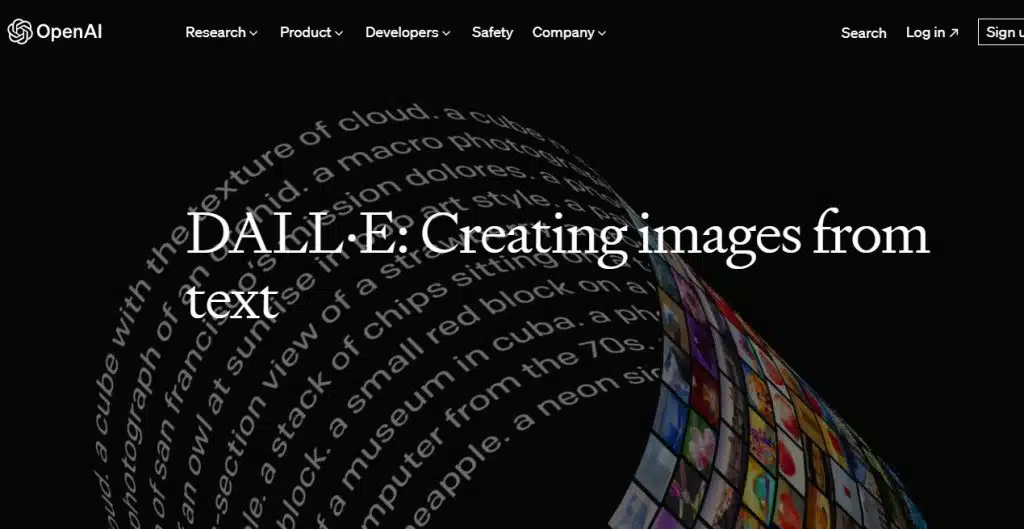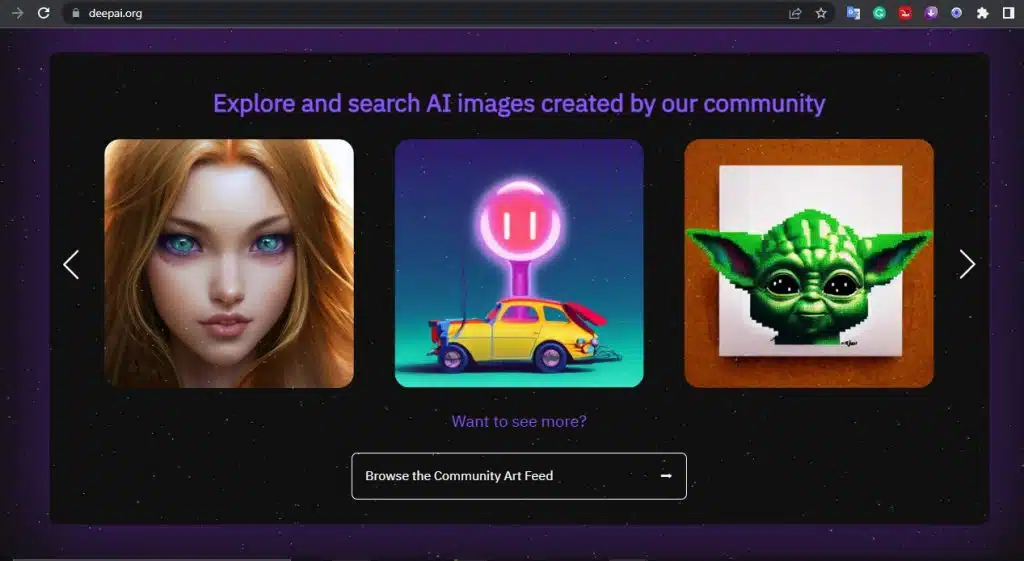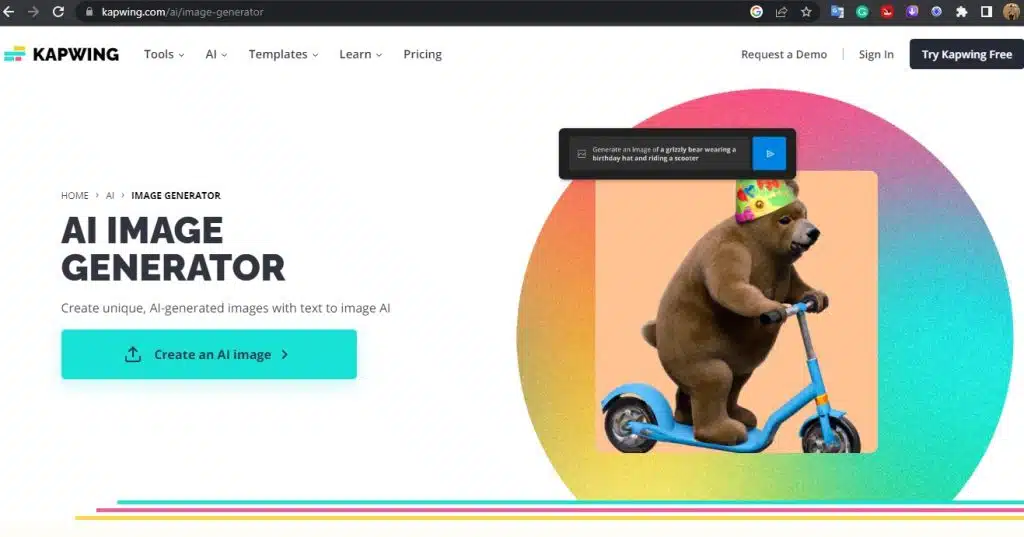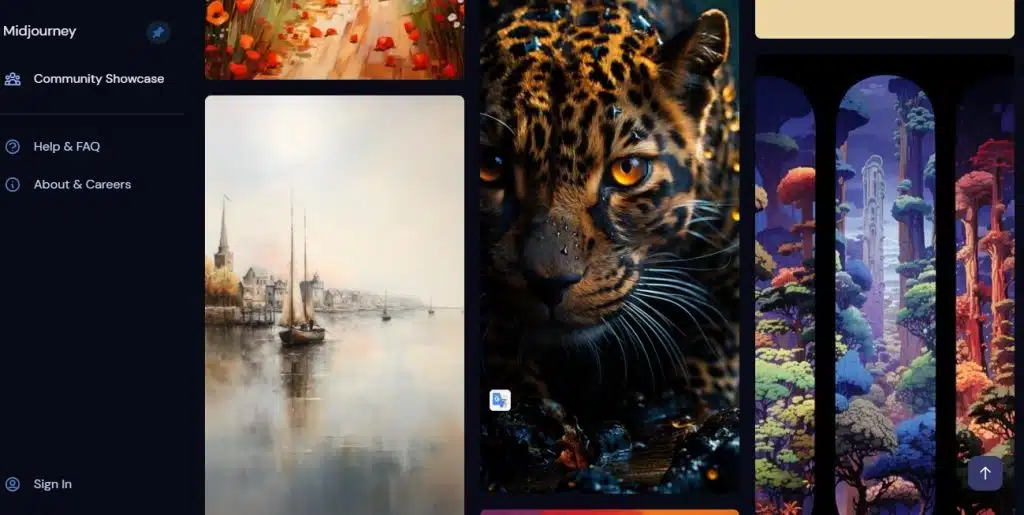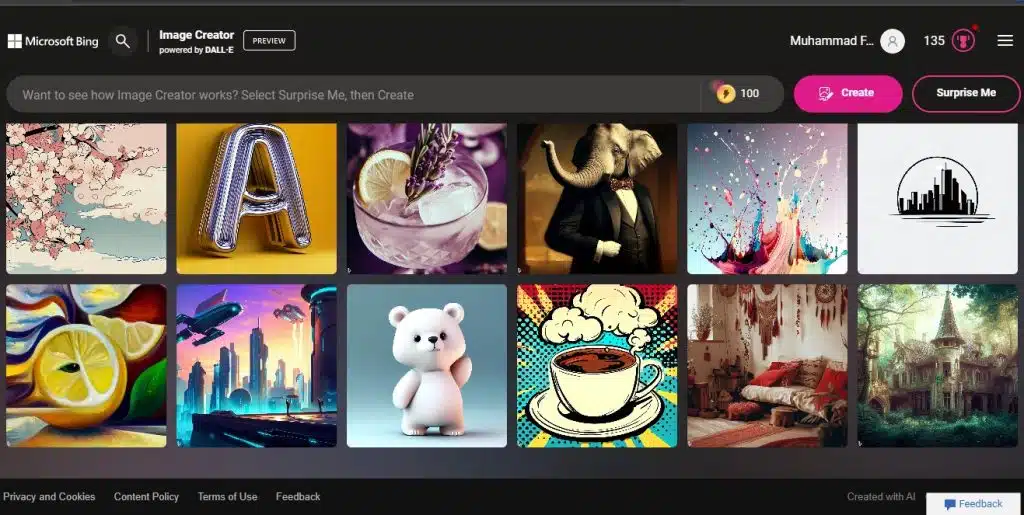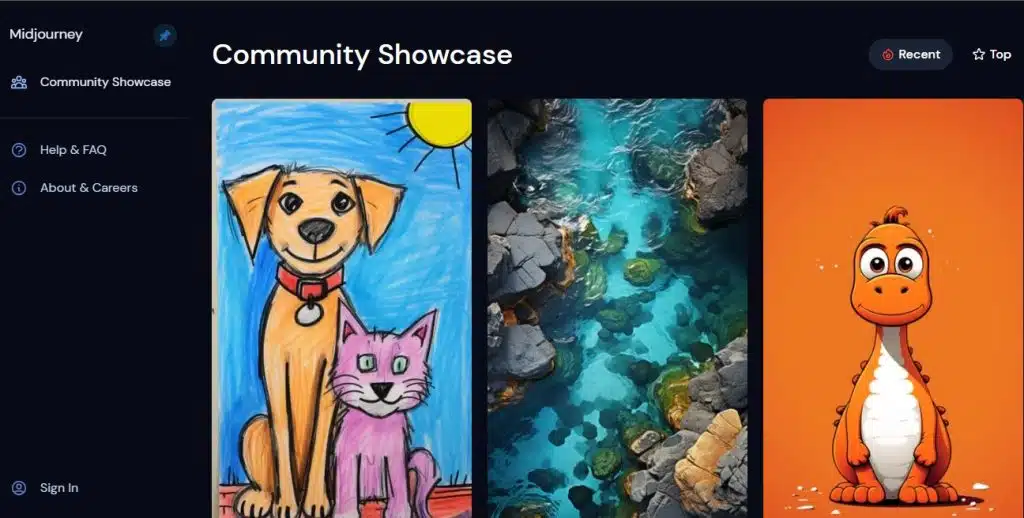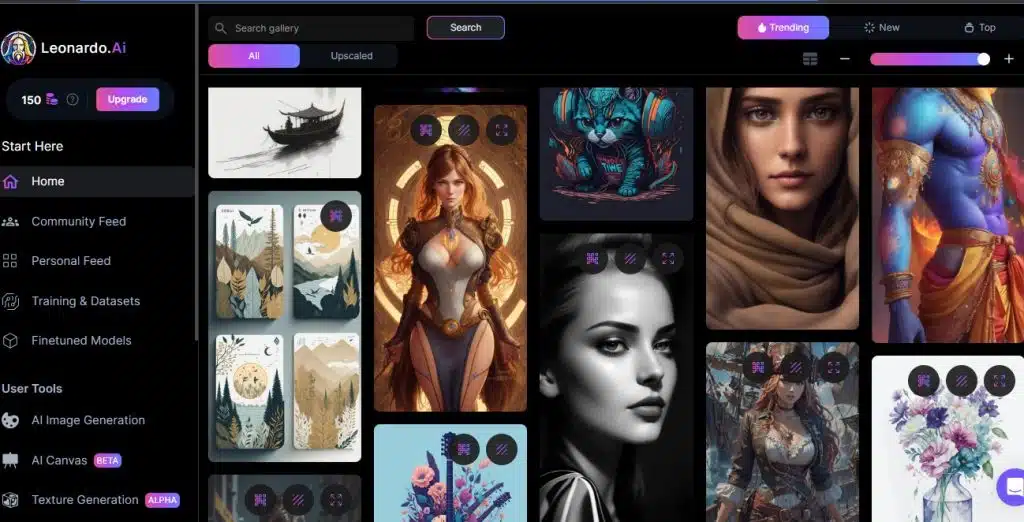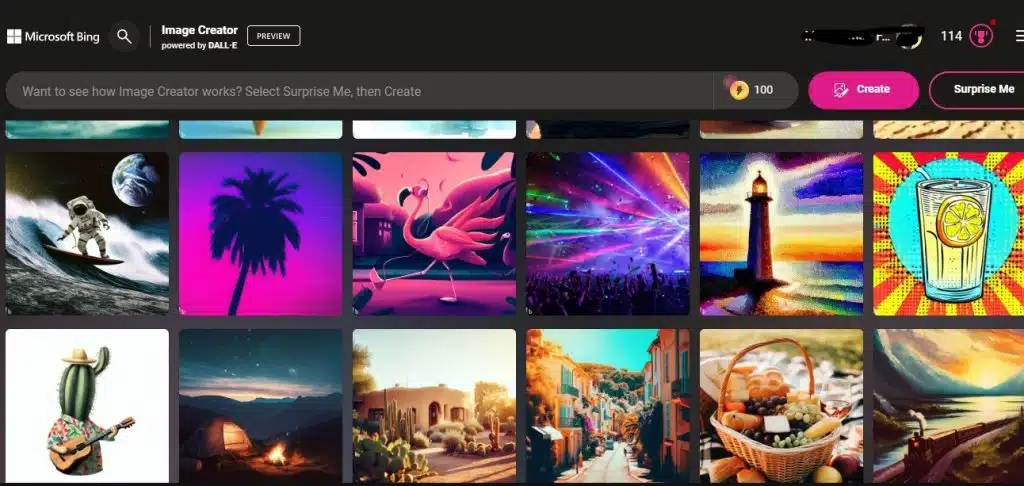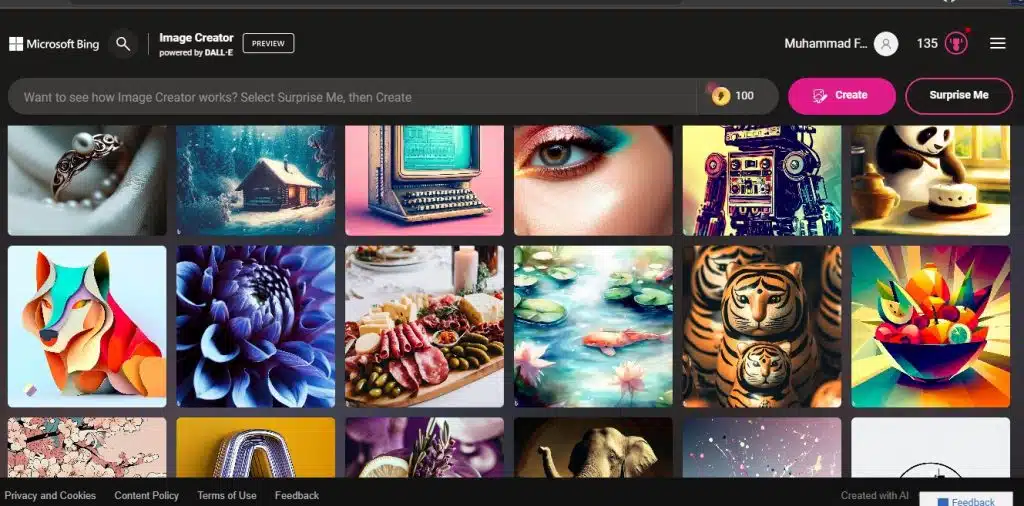The Secrets and Tricks of Text to Image AI Experts – Text to image AI represents a fascinating branch of artificial intelligence that aims to generate realistic and relevant images based on natural language descriptions. It is a challenging and intricate task that requires a combination of linguistic and visual understanding, as well as creativity and imagination. The applications of text to image AI are diverse, spanning communication, education, entertainment, and art. However, this field also presents technical and ethical challenges, including data quality, diversity, bias, and privacy concerns.
This article delves into the methods and techniques employed in text to image AI, while also unveiling some of the secrets and tricks used by experts to enhance their results. Furthermore, it provides examples and applications of text to image AI across various domains and scenarios. By the end of this article, readers will gain a comprehensive understanding of how text to image AI operates, as well as its benefits and limitations.
The Secrets and Tricks of Text to Image AI Experts
Approaches and Techniques in Text to Image AI
Text to image AI is a complex and multidisciplinary problem that encompasses natural language processing, computer vision, and machine learning. Various approaches and architectures have been proposed and developed for text to image AI, with several common elements and principles. This section explores some of the most popular and effective methods and techniques, including generative adversarial networks (GANs), transformers, attention mechanisms, and more.
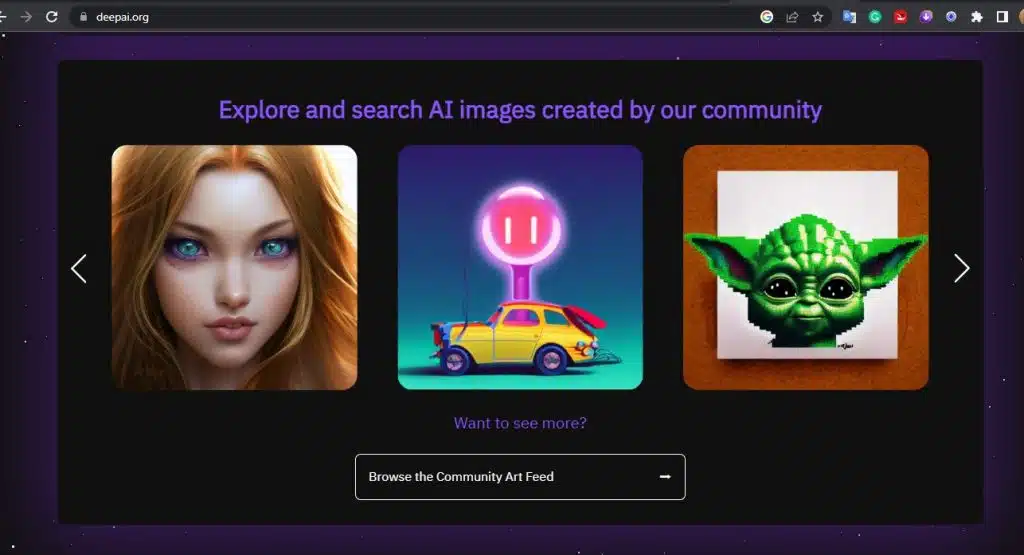
Generative adversarial networks (GANs) represent one of the prominent and widely used methods in text to image AI. GANs consist of two components: a generator and a discriminator. The generator aims to create realistic images from text descriptions, while the discriminator’s role is to differentiate between real and fake images. Through an adversarial game-like process, the generator and discriminator compete with each other, leading to mutual learning and performance improvement.
Transformers, another important method in text to image AI, are neural networks capable of processing sequential data such as text and images using attention mechanisms. Attention mechanisms enable the network to focus on the most relevant parts of the input and output, capturing long-range dependencies and relationships. Transformers encode text and images into high-dimensional vectors and decode them into new images that correspond to the given text descriptions.
Attention mechanisms themselves play a crucial role in text to image AI. They allow the network to weigh and combine different features and representations of the input and output data. By aligning the text and image domains, attention mechanisms facilitate the generation of coherent and consistent images that align with the text descriptions. They also aid in handling multiple sentences or paragraphs, as well as generating images with multiple objects or scenes.
Text to image AI is not solely a technical problem but also an artistic one. Experts in this field employ certain secrets and tricks to enhance their results and overcome challenges and limitations. This section reveals some of these secrets, including data augmentation, style transfer, semantic alignment, and more.
READ: How Text to Image AI Can Help You Express Yourself and Communicate Better
Data augmentation stands as one of the secrets of text to image AI. It involves increasing the size and diversity of training data by applying transformations or modifications to existing data. Data augmentation helps the network learn more general and robust features, mitigating overfitting or memorization tendencies. Additionally, it enables the network to handle various styles, genres, and domains of text and image data.
Style transfer serves as another secret in text to image AI. It allows for altering the appearance or style of an image while preserving its content or structure. Style transfer helps generate more realistic, diverse, and visually appealing images that align with the tone or mood of the text descriptions. It also assists the network in adapting to different artistic styles or user preferences.
Semantic alignment represents a third secret of text to image AI. It ensures the generated images are semantically consistent and relevant to the text descriptions. Semantic alignment helps avoid nonsensical, contradictory, or ambiguous image generation, ensuring the network captures the meaning and intent of the text descriptions. It also enables the network to handle complex or abstract concepts expressed in natural language.
Text to image AI offers numerous exciting examples and applications across various domains and scenarios. This section highlights some of these examples, including image captioning, face generation, artistic creation, and more.
Image captioning stands as one of the notable examples in text to image AI. It involves generating natural language descriptions for images. Image captioning aids users in understanding, searching, or organizing images, as well as facilitating communication and sharing of visual experiences. Additionally, it provides accessibility to individuals with visual impairments or disabilities.
Face generation represents another compelling example of text to image AI. It focuses on creating realistic and diverse faces based on text descriptions or attributes. Face generation assists users in creating avatars, characters, or personas for games, social media, or entertainment purposes. It also offers privacy protection by allowing users to generate images without revealing their actual identity.
Artistic creation serves as a third example of text to image AI. It entails generating novel and original images inspired by text descriptions or other sources. Artistic creation empowers users to express their creativity, imagination, or emotions through visual media. It also enables users to explore new styles, genres, or domains of art.
Text to image AI combines natural language processing, computer vision, and machine learning, making it a captivating and challenging field. This article has explored the methods and techniques employed in text to image AI, such as generative adversarial networks (GANs), transformers, attention mechanisms, and more. Additionally, it has shared some of the secrets and tricks used by experts, such as data augmentation, style transfer, semantic alignment, and others. Furthermore, it has provided examples and applications of text to image AI in various domains and scenarios, including image captioning, face generation, artistic creation, and more.
Text to image AI holds great potential for enhancing communication, education, entertainment, and art. However, it also poses challenges and limitations that necessitate addressing. These challenges include data quality, diversity, bias, privacy, ethics, evaluation, and more. Text to image AI remains an active and evolving field, demanding ongoing research and development from both academia and industry.
We hope this article has provided you with a comprehensive understanding of how text to image AI functions, as well as its possibilities and implications. If you’re interested in delving deeper into text to image AI, we recommend exploring the resources and references listed below. Thank you for reading!


